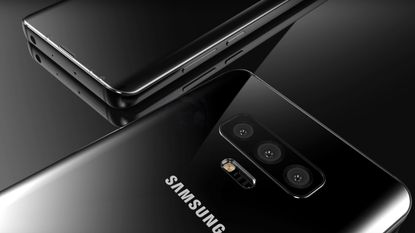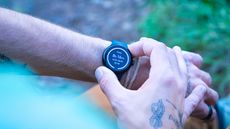The Samsung Galaxy S10 looks like it might solve one of the biggest frustrations when using fingerprint scanners to unlock your smartphone. According to a new patent, the company is working on technology that would allow owners to place their fingertip anywhere on the screen to verify their identity.
This is a dramatically different approach from rival devices, like the OnePlus 6T and Huawei Mate 20 Pro, which use a small portion of the screen to scan fingerprints. This typically fills the same area as the physical sensors found on other smartphone models.
It's unclear whether the technology described in the latest Samsung patent will be ready in time for the Galaxy S10 launch, which is tipped for February 2019. According to the patent, the fullscreen in-display fingerprint scanner would use a secondary, low-power processor to work.
The new independent silicon ramps up the brightness of the screen as soon as it detects contact and scans the print pressed against the glass three times for security. This would make the sensor more accurate than current in-display sensors – not to mention easier to use.
Interestingly, the versatility afforded by using the entire display as a fingerprint scanner makes it ideal for a foldable device. Samsung has been very vocal about the folding flagship Galaxy X currently in development inside the company.

According to the patent, Samsung phone owners could press their thumb or fingertip anywhere on the front display to register a fingerprint – not only inside a special area
The latest patent follows a similar filing from Samsung that revealed the firm was looking into using an ultrasonic fingerprint sensor beneath its glass display. These advanced sensors offer a full three-dimensional image of the print.
Current in-display solutions use optical sensors, which are fast and reliable through the glass, but only offer a 2D scan of fingerprints. If the patent is accurate, the ultrasonic option should be far more accurate and trustworthy.



